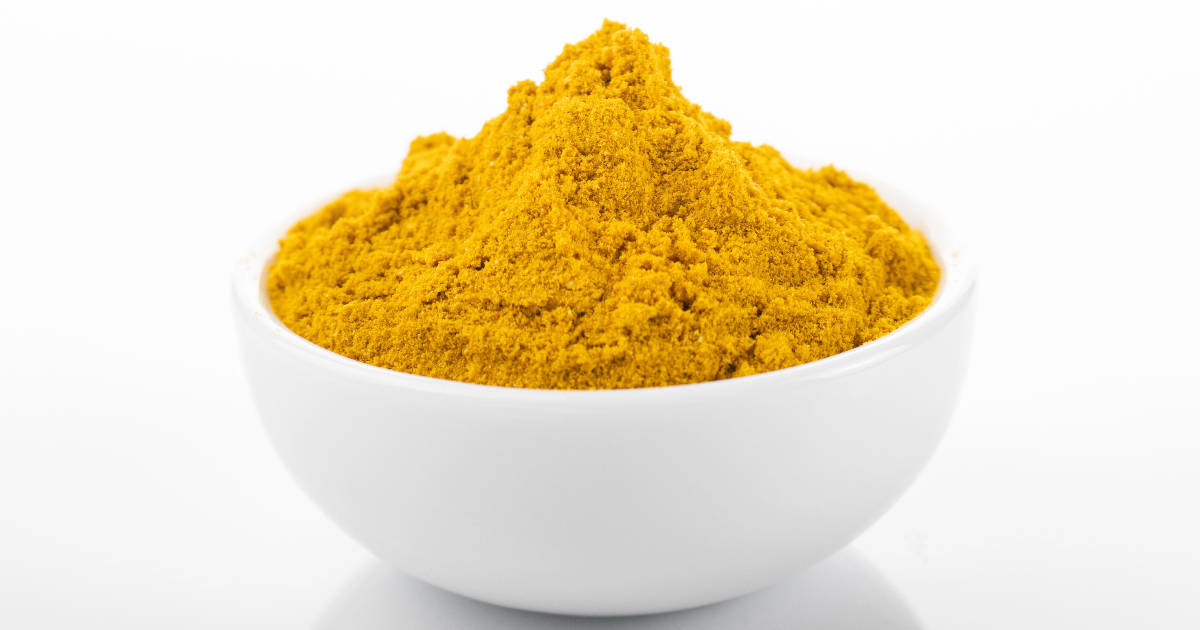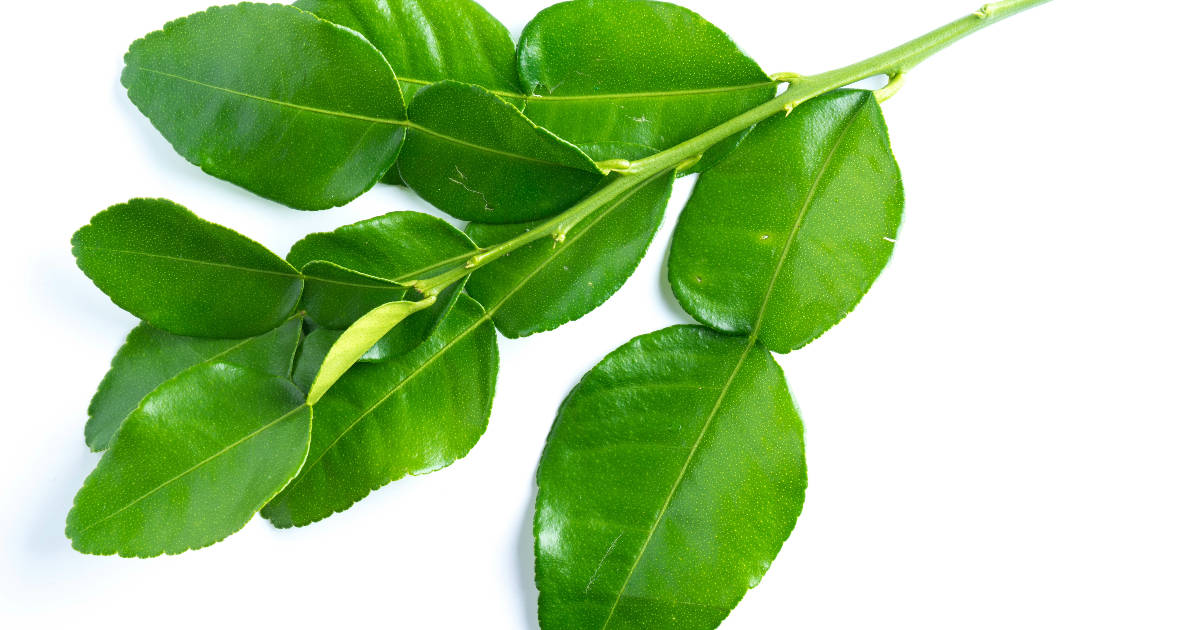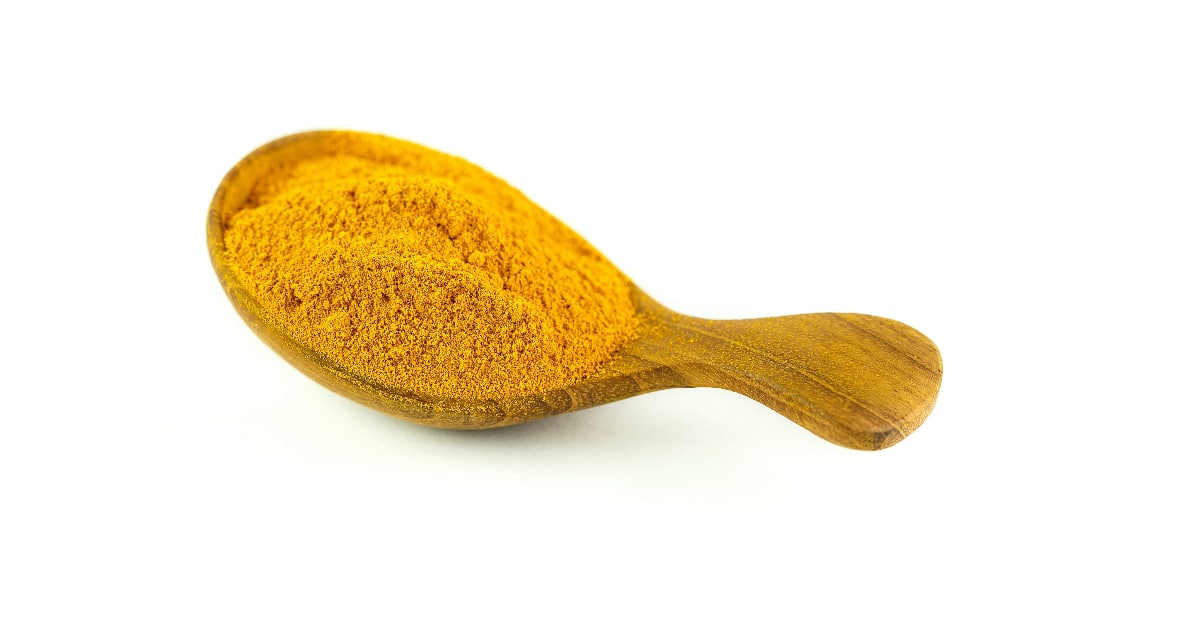You've likely seen those vibrant yellow curry dishes at your favorite Thai or Indian restaurant. The golden hue comes from turmeric, one of the main spices used to make yellow curry powder. This blend of spices adds a comforting warmth and savoriness to curries, soups, stews, marinades, and more.

If you enjoy cooking at home, having yellow curry powder in your pantry is a must. Read on to learn all about this versatile seasoning and how to use it in your own kitchen.
A Flavorful Blend of Spices
Yellow curry powder is a mixture of ground spices that generally include turmeric, cumin, coriander, fenugreek, ginger, garlic, chili pepper, mustard seed, cinnamon, cloves, cardamom, and black pepper. The specific ingredients and ratios vary between recipes, but these are the basic components.
This combination results in an earthy, aromatic blend with notes of citrus and heat. Turmeric lends its brilliant golden hue and mild, slightly bitter taste. Coriander and cumin add warmth, while fenugreek contributes a subtle sweetness. Ginger provides a little zing, and chili pepper brings heat that ranges from mild to spicy depending on the amount used.
Other ingredients like cloves, cinnamon, and cardamom round out the flavor with hints of sweetness and smokiness. The end result is a complex, well-balanced seasoning that adds intrigue and depth to dishes.
Origins in Indian and Thai Cuisines

Both Indian and Thai cuisines rely heavily on curry powder to flavor and color their traditional dishes. However, the specific spices used can vary between the two cultures.
Indian yellow curry powder tends to have higher amounts of turmeric, cumin, coriander, ginger, and garlic. It creates a warmer, more aromatic curry.
Thai yellow curry powder contains more chili pepper, lemongrass, galangal, and kaffir lime leaves. This results in a curry with a bit more heat and citrusy, tropical notes.
So you may see yellow curry powder referred to as Indian or Thai depending on the spice blend. Both add a recognizable golden hue and complex flavor people associate with curry.
How to Use Yellow Curry Powder
This versatile seasoning brings incredible flavor and vibrancy to all kinds of recipes beyond curries.
Here are some delicious ways to incorporate yellow curry powder into your cooking:
Curries
Of course, yellow curry powder is ideal for making curries. Simply sauté the powder briefly in oil or ghee to release the flavors before adding your main ingredients and coconut milk or broth. It's delicious in vegetable, chicken, seafood, or lentil curries.
Soups and Stews
Stir a tablespoon or two of yellow curry powder into soup and stew recipes for a flavor boost. It works especially well in tomato-based soups, chicken noodle soup, beef stew, and lentil or bean soups.
Marinades and Rubs
Mix yellow curry powder with olive oil, vinegar, garlic, and spices like cumin and coriander to make a zesty marinade for meats. It also combines nicely with brown sugar or honey to create sweet and spicy rubs for chicken, pork, and fish.
Roasted Vegetables
Coat veggies like cauliflower, potatoes, carrots, and squash in olive oil and yellow curry powder before roasting. The spice blend adds so much flavor and complements the veggies beautifully.
Rice, Grains, and Legumes
Stir a teaspoon of yellow curry powder into rice pilaf, couscous, quinoa, or lentils to give them a flavor punch. You can also use it to make unique curry-seasoned grains as a component in bowls or salads.
Sauce Enhancer
Add a pinch or two of yellow curry powder to tomato sauce, pizza sauce, gravy, ketchup, mustard, and other condiments. It provides instant flavor enhancement.
As you can see, the uses for this versatile seasoning are nearly endless! Keep some on hand for an easy way to give dishes an exotic, aromatic character.
How to Make Your Own Yellow Curry Powder

While pre-made yellow curry powder can be convenient, making your own allows you to customize the spice blend to your taste.
To make yellow curry powder:
- Toast whole spices like cumin, coriander, cinnamon, and cloves in a dry pan briefly to intensify their flavors. Allow to cool completely before grinding.
- Use a dedicated coffee grinder or spice grinder to finely grind the toasted spices along with any powdered spices.
- Transfer to an airtight container and combine with remaining powdered spices like turmeric, ginger, garlic, fenugreek, and chili powder.
- Store in a cool, dry place for up to 3 months.
Tailor your homemade blend to your preferences by adjusting the amounts of heat, sweetness, earthiness, and bitterness. This way you can create the perfect yellow curry powder for your cooking style.
FAQ
Is yellow curry powder spicy?
It can range from mild to spicy depending on the amount and type of chili pepper used in the blend. Many yellow curry powders have just a hint of heat, while others are quite bold and fiery. Check the label or recipe to determine the spice level.
What's the difference between yellow curry powder and garam masala?
While both are spice blends, garam masala contains warm, sweet spices like cinnamon, cloves, cardamom, and nutmeg but does not include turmeric for color. It's used to add rich flavor to Indian cooking but doesn't provide the yellow hue.
Can I substitute yellow curry powder for a curry paste?
Not directly, but you can turn yellow curry powder into a quick curry paste. Sauté it briefly in oil, then mix in some water to form a thick paste. Use a ratio of about 1 tablespoon powder to 1 tablespoon each of oil and water.
What proteins go well with yellow curry powder?
This versatile seasoning pairs beautifully with poultry, beef, pork, seafood, and plant-based proteins like chickpeas and tofu. It adds so much flavor to any protein.
Does yellow curry powder go bad?
Like all ground spices, yellow curry powder will slowly lose potency over time. Store it in an airtight container in a cool, dry place and aim to use it within 3 to 6 months for the best flavor.
Conclusion
With its alluring golden color and intriguing blend of spices, it's easy to see why cooks worldwide have embraced yellow curry powder.
Keep some of this versatile seasoning on hand to infuse your dishes with a warming depth and exotic flair.

